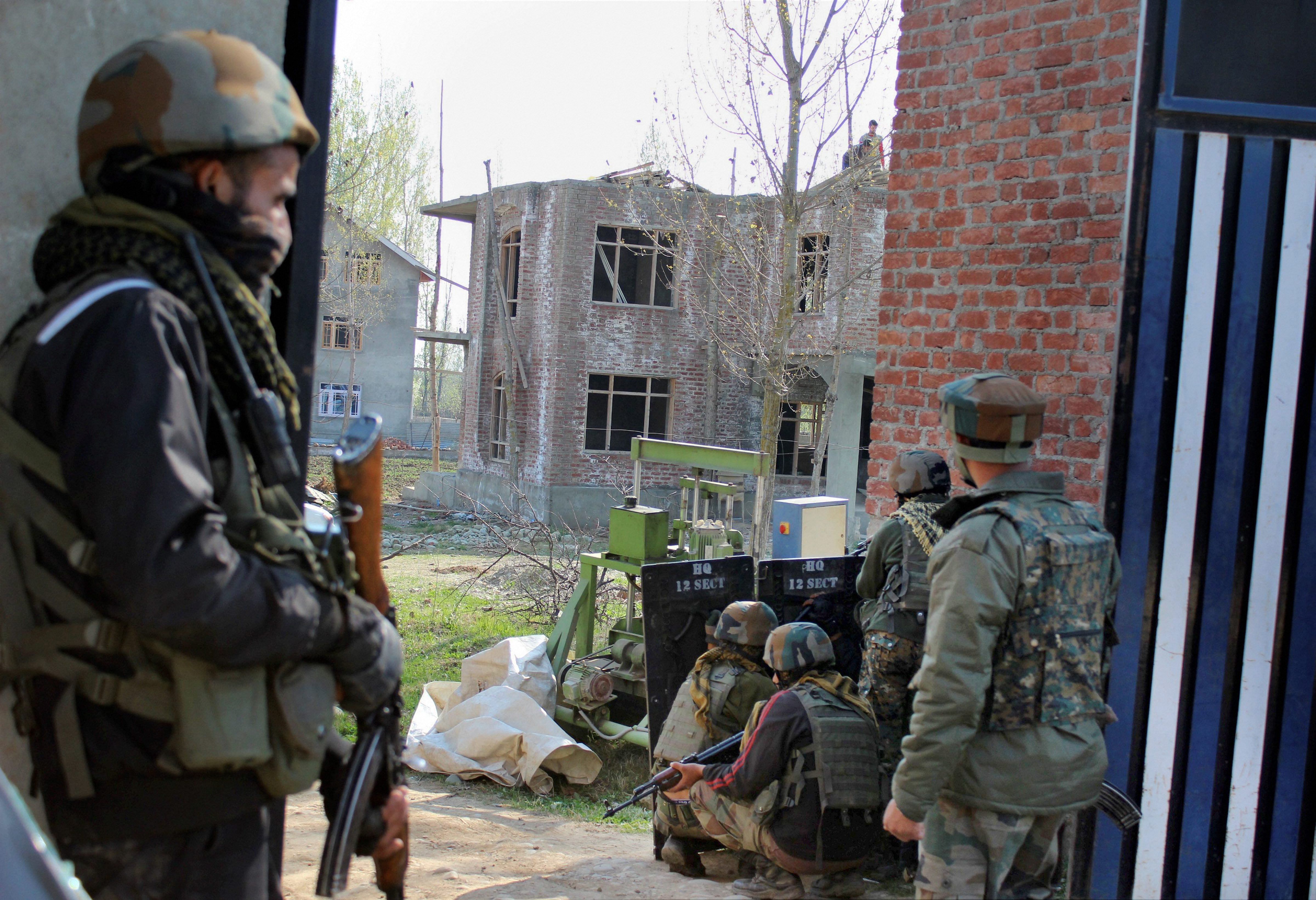New Delhi: The Ministry of Defence Wednesday approved three major reforms for the Army headquarters that will have a direct impact on how the force will function in the coming years.
The three major steps announced Wednesday are: A separate vigilance cell under the Chief of Army Staff with tri-services representation, an umbrella organisation under the Vice-Chief of Army Staff for enhanced focus on human rights issues and the relocation of 206 officers from Army HQ to formations/units of the field army.
The vigilance cell will be headed by a Major General-rank officer, who will report to the Army chief.
ThePrint explains the proposed reforms and their implications for the Army.
Human rights cell
Sources said the creation of the human rights cell is to assure people that the Army upholds the values of human rights and does not shy away from investigating its own for violations.
The cell will mark the first time that an Indian Police Service officer will work with the MoD in South Block — a superintendent-rank officer is to join the cell on deputation to help in coordination with the Ministry of Home Affairs, other agencies and the local police.
Earlier, the Army used to carry out its own internal probes, mostly at the local level. The new cell will be the nodal point to examine any reports of human rights violations reports.
It is as yet unclear if the cell will have its own investigation team, or will coordinate with local authorities for the probe.
Also read: Indian Army gets a human rights cell, IPS officer to be a part of it
Vigilance cell
Another interesting decision is the approval of the vigilance cell, which will tackle a host of issues, including moral as well as financial turpitude.
Vigilance issues until now were dealt with through multiple agencies at the local level and through the existing ‘discipline and vigilance cell’, but there was no single point of interface.
In a surprising move, the new cell will have colonel-level officers from the Indian Air Force and the Navy. The idea is to imbibe best practices and to have someone from outside the system to look into an issue without any bias, according to sources.
Both the human rights cell and the vigilance cell are part of the overall restructuring plan of the Army, as recommended by the force itself.
Restructuring plan
The idea is to make the 1.3 million-strong force leaner and meaner, as well as to enhance its combat capabilities.
The aim of the reforms is to cut down the overall strength by about 1.5 lakh personnel over the next 5-7 years. The process will not only free up additional resources for modernisation, but will also cut down pension bills in the future.
Besides slashing expenditure on personnel, which stands at about Rs 1.8 lakh crore, the reforms aim for a better ratio of combat forces to overall forces. This will include slashing non-operational flab, and downsizing the Army HQs through merging or relocating different directorates and by creating integrated battle groups. For example, the headquarters of the Rashtriya Rifles, involved in anti-terror operations in Jammu and Kashmir, will be shifted from New Delhi to Udhampur in Jammu.
There are a number of reforms in the pipeline which will see at least 20 per cent of the total officers at Army HQ being redeployed in forward locations along the borders with China and Pakistan.
Also read: Army HQ wants to tax disability pension, except for those injured in battle
Internal studies
The Army headquarters had instituted four internal studies with an overall aim to enhance the operational and functional efficiency of the force, optimise budget expenditure, facilitate modernisation and address aspirations.
These studies were discussed at multiple levels within the Army and were then sent to the government for approval late last year.
The first study, on ‘Reorganisation and right-sizing of the Indian Army’, focuses on the operational structures to make the force efficient and future-ready by taking into account the operational situation on the western and northern borders.
The second study is on ‘Reorganisation of the Army headquarters with an aim to bring in integration and preclude the redundancies’.
The third study deals with cadre review of officers, and its focus is on recommending how to carry out reorganisation and restructuring to meet the aspirations of the officers’ cadre.
The fourth study, on ‘Review of terms of engagement of rank and file’, is aimed at harnessing the higher life expectancy — increasing the retirement age for jawans, which is currently 19 years of service or 42 years of age, and ensuring younger profile of key commands as well as motivation of personnel.
Also read: IPS officer to take up post at Indian Army HQ to deal with human rights issues
